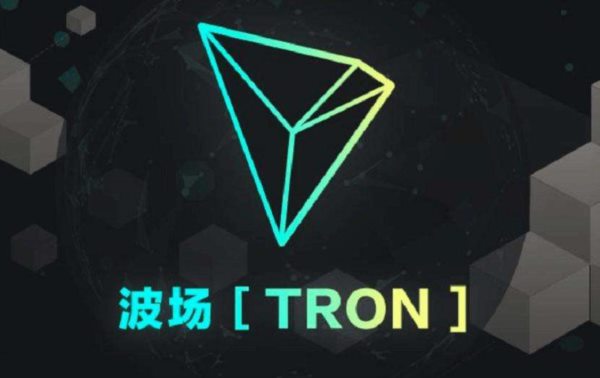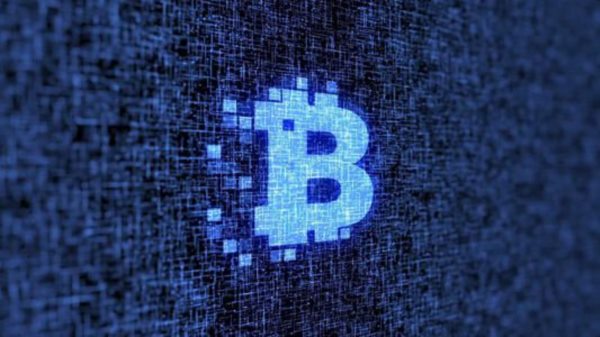时间:2023-12-31|浏览:284

用戶喜愛的交易所

已有账号登陆后会弹出下载
Messari estimated in a report that the potential market size of the DePIN (decentralized physical infrastructure) sector is approximately US$2.2 trillion, which may reach 3.5 trillion by 2028. Messari estimated in a report that the potential market size of the DePIN sector is approximately US$2.2 trillion, which may reach US$3.5 trillion by 2028. In the DePIN track, the most noteworthy subdivisions include: decentralized storage, decentralized databases, decentralized artificial intelligence, decentralized wireless networks, etc. So what projects are worthy of attention? What strengths and weaknesses will DePIN face in the future?

Which DePIN projects are worthy of attention?
DePIN (Decentralized Physical Infrastructure Networks) - Decentralized physical infrastructure refers to the concept of real-world networks and information transmission that operate in a decentralized manner and have token economics. According to Messari's classification, it can be divided into two categories: physical resources (PRN) and digital resources (DRN). Physical resources include wireless networks, geospatial networks, mobile networks and energy networks; digital resources include data storage, computing power, and network bandwidth, and each small area has more detailed classifications.
According to Depinscan data, among the 161 DePIN projects listed, there are 27 products with a market value of hundreds of millions. Among them, there are 5 projects with a market value of over 1 billion, namely Filecoin, BitTenseo, TheGrap, Render, and Theta. At present, DePIN projects are mainly deployed on public chains such as ETH, Solana, and Polkadot. The following article takes stock of some popular DePIN projects.
Helium
Helium is one of the most famous DePIN projects. It is a decentralized wireless network protocol that encourages users to deploy gateways and promote global networks based on LoRaWan technology. On April 20 this year, the decentralized IoT project Helium migrated to the Solana network. Helium currently has a market value of nearly US$800 million and is the largest DePIN project in the Solana ecosystem.
Render Network
Render Network is a distributed GPU rendering network platform based on blockchain. It was launched by OTOY in 2017. It aims to connect more creators and idle GPUs, so that idle computing power can provide assistance for film and animation art rendering. Compared with centralized cloud rendering, Render is an unlimited decentralized network that solves the problem of supply and demand, breaks the limitations of centralized storage, gathers spare GPUs, and connects creators who need additional GPU computing power to maximize resource utilization. . It is worth noting that Render network is also on Solana, and its parent company OTOY also has in-depth cooperation with Apple. In Apple’s official promotional video, the Render network logo has been exposed several times.
In the Solana ecosystem, there are also projects such as Teleport, a decentralized permissionless carpooling application, HiveMapper, a distributed map network, and Tekkon, a photo collection project based on blockchain technology.
Livepeer
Livepeer is a decentralized video transcoding network that aims to provide a decentralized, highly scalable real-time streaming protocol to significantly reduce the cost of video streaming applications. Founded in 2017, its business has now migrated from Ethereum to Arbitrum.
Phala Network
The DePIN project based on Polkadot has an off-chain computer Phala Network, which launched the LensAPI Oracle for the decentralized social protocol Lens Protocol to help various applications on the Lens Protocol protocol provide data from the real world while protecting the privacy and privacy of user data. Safety.
In addition, there are some DePIN projects that are independent of various mainstream public chains, such as the decentralized bandwidth Meson Network. BNB Chain cooperates with this project and uses its global node distribution to help BNB Chain's own huge transaction data (2.5 TB) to shorten snapshot synchronization time. According to its official website, Meson has deployed more than 100,000 nodes around the world to provide services. As well as the decentralized Internet of Things network IoTeX, the established distributed storage Filecoin, Arweave, etc., which are currently attracting much attention.

What “risks” and “opportunities” will DePIN face in the future?
DePIN has been receiving market attention this year, but due to the craze for inscriptions, many people may not pay much attention to it. As early as April this year, Hashkey Group launched the initiative to jointly build DePIN Hong Kong, aiming to use blockchain technology and hardware equipment to promote the development of Hong Kong’s DePIN ecosystem. However, the DePIN track is still in a very early stage. Although it has great potential, it also carries great risks.
From a technical point of view, compared to the top-down and capital-intensive characteristics of traditional IoT infrastructure, DePIN can reduce costs and improve usage efficiency. In addition, decentralization is an important feature of DePIN, which results in an open, competitive and innovative environment. As a Web 3 native network, DePIN also allows network participants to directly access various Web 3 tools and DeFi services, such as financing new hardware, which can provide more potential users for the Web 3 multi-track. In the future, DePIN is expected to form a new wave of ecology similar to DeFi.
Although DePIN is full of opportunities, there are some issues worth noting from an investment perspective. From the perspective of DePIN user groups, although DePIN has great potential to break the circle, the threshold for non-Web3 users to access, understand and use is actually relatively high, and it lacks complete infrastructure and unified standards, resulting in development, The user experience is average and the current network availability is not strong enough. From the economic model point of view, the token economy is an important part of DePIN. DePIN projects are generally settled with project tokens, such as RNDR, LPT, and AR. Therefore, when the token rises, the burden of cash expenditure will increase for users. When the price When the advantages are insufficient, users will inevitably be lost, causing the token price to fall. From an investment perspective, it is a safer way to look for early-stage projects with low market value and application.
Summarize
DePIN has actually been developing for some time. With the gradual construction and improvement of infrastructure, it is currently on the eve of an explosion. In addition, with the rise of high-performance public chains, Layer 2 and other ecosystems, it has also brought composability to DePIN facilities, which is expected to have a Lego effect. This is also a major factor in DePIN's competition with infrastructure such as traditional cloud storage. Sharp weapon. With the overall development of the blockchain industry, DePIN Summer may be expected to appear in this bull market.









